#Pluvialis fulva
Explore tagged Tumblr posts
Text
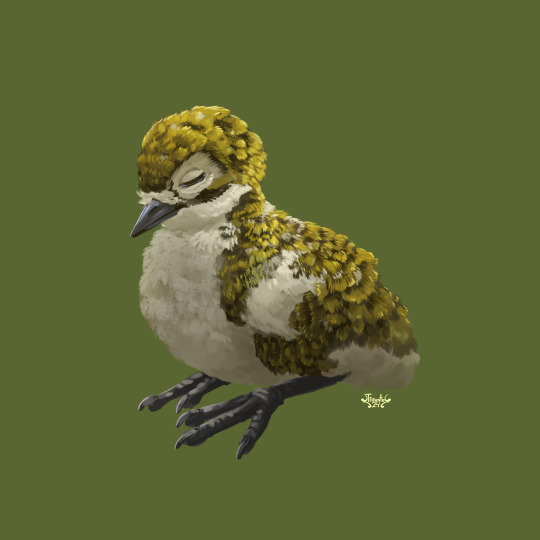
#545, a pile of moss- wait, a pacific golden plover chic!
Requests for birds are open, updates happen on Thursdays. [project tag] | [kofi] Find me on: [twitter]
159 notes
·
View notes
Text
BOTD: Pacific Golden-Plover

Photo: Mick Thompson
"This bird is so similar to American Golden-Plover that the two were regarded as one species until 1993. However, the birds can tell the difference: where the two forms overlap in western Alaska, they seldom or never interbreed. Their migratory routes are strikingly different: American Golden-Plover migrates to South America, while Pacific Golden-Plover flies from Alaska to islands in the Pacific and often on to Australia, regularly covering over 2,000 miles in a single nonstop flight."
- Audubon Field Guide
#birds#pacific golden plover#birds of north america#north american birds#birds of the us#birds of canada#plovers#shorebirds#wading birds#waders#golden plovers#birding#bird watching#birdblr#birblr#bird of the day#Pluvialis fulva
78 notes
·
View notes
Text

Pluvialis fulva [ムナグロ,Pacific Golden Plover]
ムナグロはたくさん来てました😁
63 notes
·
View notes
Text

Goldregenpfeifer, Charadrius pluvialis | Die Vögel (1913) | Alfred Edmund Brehm (1829-1884) | Biodiversity Heritage Library
4 notes
·
View notes
Text
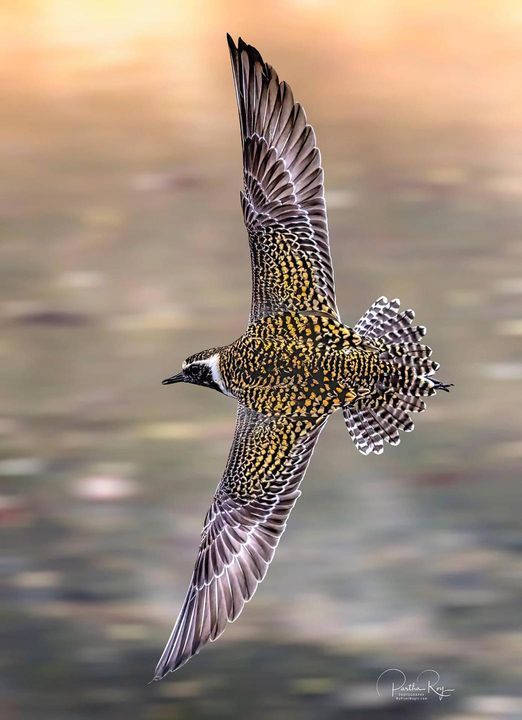
Pacific Golden-Plover (Pluvialis fulva), family Charadriidae, order Charadriiformes, India
photograph by Partha Roy
#golden plover#plover#shorebird#pluvialis#charadriidae#charadriiformes#bird#ornithology#animals#nature#india#asia
683 notes
·
View notes
Text
Exploring Avian Diversity in Siocon's Mangrove Areas, Mindanao
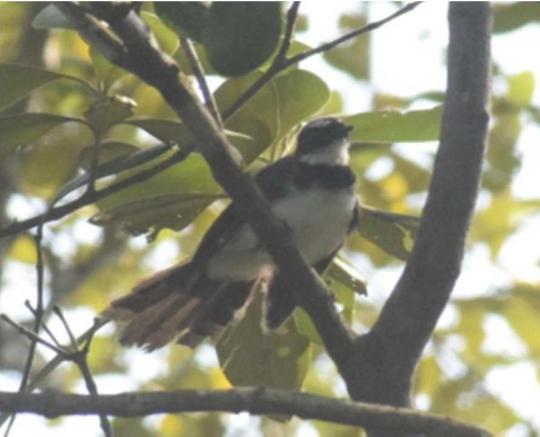
Abstract
With the rampant habitat destruction of wildlife in the Philippines, the avifauna is the most affected as endemism in the archipelago is so high. Siocon, Zamboanga del Norte potentially harbors several Mindanao threatened endemic species in its Siocon Resource Reserve, a patch of secondary mature lowland forest as well as in mangrove areas. Opportunistic sampling was employed using the point method to primarily document the avifauna, specifically in the mangrove areas of Barangay Manaol and Barangay A.L Micubo. A total of thirty-four (34) birds (avifauna) were identified and classified, where twenty-five of them were common to the two sites. These are Rhipidura nigritorquis, Cinnyris jugularis, Lalage nigra, Megalurus palustris, Passer montanus, Gerygone sulphurea, Artamus leucorynchus, Pycnonotus goiaver, Oriolus chinensis, Hirundo tahitica, Orthotomus castaneiceps, Aplonis panayensis, Lonchura atracapilla, Coryusv macrohynchos, Butorides striata, Egretta garzetta, Ardeola speciosa, Ardea alba, Ixobrychus sinensis, Pluvialis fulva, Himantopus himantopus, Sterna hirundo, Actilis hypoleucos, Anas luzonica, Dendrocygna arcuata, Geopelia striata, Spolopelia chinensis, Todiramphus chloris, Merops philippinus, Pandion haliaetus, Haliastur indus, Gallinula chloropus, Tachybaptus ruficolis, and Centropus viridis. Out of these, three species were endemic to the Philippines (O. castanneiceps, C. viridis, A. luzonica), the latter is also considered a threatened species. This baseline data on avifauna on mangrove forests is necessary for the framework of conservation policy in the area.
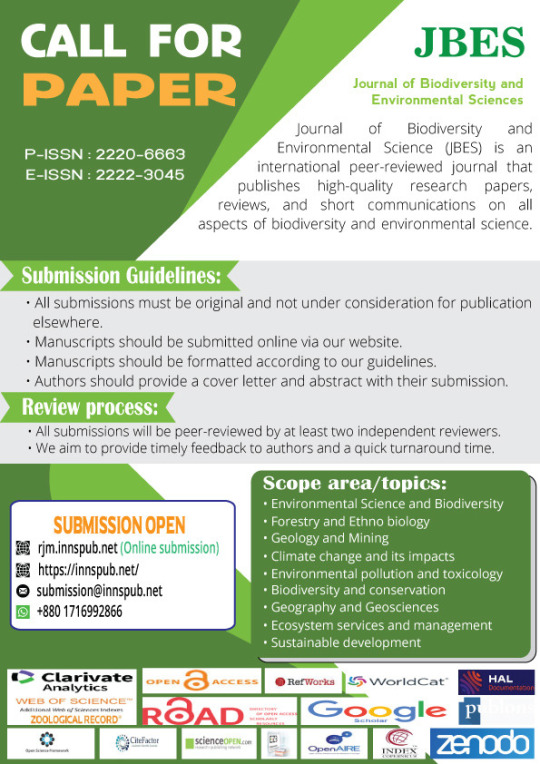
Introduction
The Philippines is one of the countries in the world considered as a biodiversity hotspot (Jumawan et al., 2012) and it is home to many avifauna species, which includes endemic and non-endemic species (Birdlife International, 2020). Specifically, as an archipelagic country, it harbors to more than 600 species of avifauna, where almost 200 of them are endemic (Tanalgo et al., 2015). According to Haribon (2014), 80 species of Philippine birds are now threatened to extinction, 13 are critically endangered, and 54 species are vulnerable. In the Zamboanga Peninsula, there are an estimated 142 species of avifauna in three key conservation sites, namely: the Lituban-Quipit watershed, Lake Maragang-Mt. Timolan and Pasonanca National Park. Around 78 species were found in Zamboanga City, of which 30 are nearly threatened (Panguntalan et al., 2011).
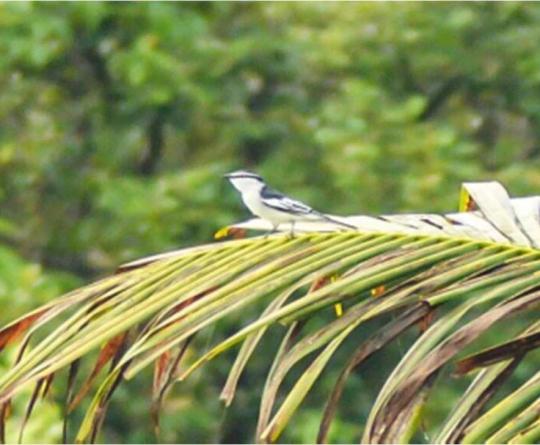
Mangrove ecosystems are one of the most biologically rich, diverse, and productive ecosystems in the world (Mahilac & Madjos, 2020), which provides a home to birds. They serve as some form of nursery for many species of invertebrates as well as birds, making them one of the ecologically essential ecosystems. Despite this crucial role, approximately one-third of the mangrove ecosystems worldwide have been lost over the past 50 years (Alongi, 2002). In the Philippines, a decline of mangroves was reported from half a million hectares in 1918 to only 120,000 hectares in 1994 (Primavera, 2000). This estimate is accordingly accounted for overharvesting for the conversion of mangroves to fishponds during the 1960s and 1970s, fuel or charcoal, agriculture, industry, and human settlements (Dieta & Dieta, 2015).
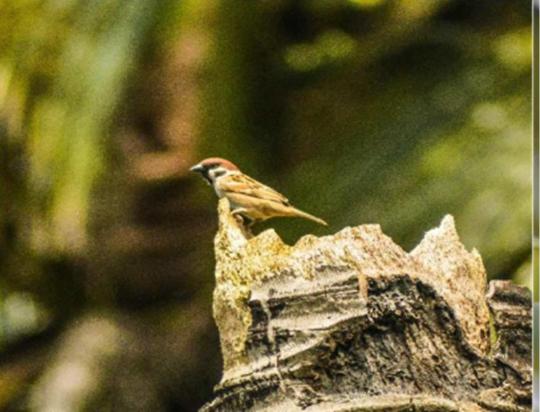
With this rampant habitat destruction and high endemism of birds, the country now possesses a disproportionately large number of threatened species for its size (Jacosalem et al., 2013). Further, the Philippines ranks second in terms of the number of threatened endemic birds in the world (Mallari et al., 2001). Among the islands where several endemic birds are threatened is Mindanao (Paguntalan et al., 2011). Despite the presence of a restricted-range and endemic species in the Zamboanga Peninsula (formerly called Western Mindanao), very few studies have been conducted in the area where most of the available information on avifauna is derived from museum records (Dickinson et al., 1991, Lambert 1996, Collar et al., 1999, Kennedy et al., 2000, Brooks 2002) and trip reports of visiting birdwatchers.
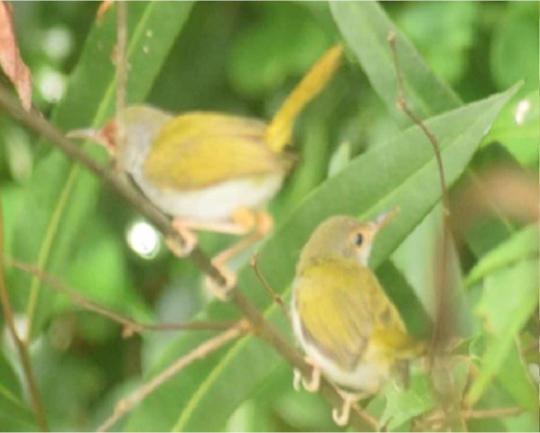
Siocon in Zamboanga del Norte, Mindanao potentially harbors several threatened endemic species in its Siocon Resource Reserve, a patch of secondary mature lowland forest as well as in mangrove areas (Paguntalan et al., 2011). Accordingly, there is a need to conduct more field research and surveys in the remaining forest patches of the Zamboanga Peninsula. As surveyed in the municipal office, the avifauna inventory is not yet in place. This study presents a list of bird species and information on the conservation status of the remaining forests and threatened birds in these areas.
Source : Avian species in selected mangrove areas in Siocon, Zamboanga del Norte, Mindanao, Philippines
1 note
·
View note
Text


Etho: green heron (Butorides virescens)
Bdubs: Pacific Golden-Plover (Pluvialis fulva)

???
#bdoubleo100#bdubs#ethoslab#etho#hermits as birds#mcyt as birds#yes golden plover chicks do in fact look like moss#creative commons#image credit Diana Robinson
73 notes
·
View notes
Photo

A new variant has been added!
Pacific Golden Plover (Pluvialis fulva) © Philipp Franz von Siebold
It hatches from arctic, black, bright, brown, crisp, difficult, golden, juvenile, legged, much, new, overall, pacific, plaintive, quick, similar, slender, small, variable, and white eggs.
squawkoverflow - the ultimate bird collecting game 🥚 hatch ❤️ collect 🤝 connect
0 notes
Photo

ムナグロ 幼羽 Pluvialis fulva Juvenile

ムナグロ 幼羽 Pluvialis fulva Juvenile

ムナグロ 幼羽 Pluvialis fulva Juvenile
2019.10.26 茨城県
13 notes
·
View notes
Text

Pluvialis fulva [ムナグロ,Pacific Golden Plover]
河川敷の野球場の芝生で採餌してました🙂
52 notes
·
View notes
Text
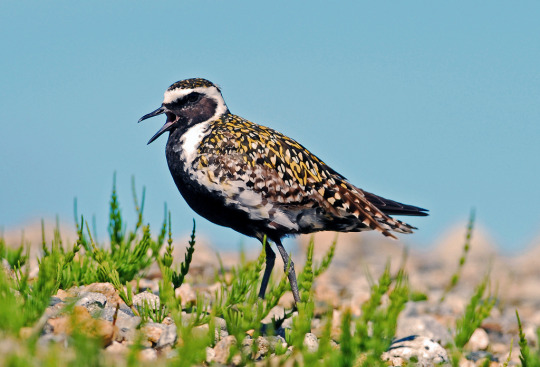
Pacific Golden-Plover (Pluvialis fulva), family Charadriidae, order Charadriiformes, Bering Land Bridge National Preserve, Alaska, USA
photograph by snowmanradio
#golden plover#plover#shorebird#pluvialis#charadriidae#charadriiformes#bird#ornithology#animals#nature#alaska#north america
244 notes
·
View notes
Link
1 note
·
View note
Photo

Pacific Golden-Plover (Pluvialis fulva) found regularly on beaches and mudflats, Breeds on Arctic tundra from Alaska to Russia and Winters extensively across Southeast Asia including Pakistan. #BirdsSeenIn2021 #BirdsOfPakistan #BirdsOfSindh #Jaffar_Hussain_Mandhro (at Karachi, Pakistan) https://www.instagram.com/p/CNoAYwtAW6y/?igshid=xcej4wdicu1q
0 notes
Photo

A new variant has been added!
Pacific Golden Plover (Pluvialis fulva) © SofiyaRotaru117118
It hatches from arctic, black, bright, brown, crisp, difficult, golden, juvenile, legged, much, new, overall, pacific, plaintive, quick, similar, slender, small, variable, and white eggs.
squawkoverflow - the ultimate bird collecting game 🥚 hatch ❤️ collect 🤝 connect
1 note
·
View note
Photo

#ShorebirdSunday…as migration season is underway yet again…thinking of these beauties, Pacific Golden Plover (Pluvialis fulva). They can make one of the most incredible journeys…flying nearly 3000 miles / 5000km NON-STOP over the ocean from Alaska to Hawai’i in only 3-4 days! 🙀 #plovers #shorebirds #waders @avibase #avesplayeras #migration #scicomm #ploverlovers #migconn #pluvialis #charadriidae #alaska #hawaii #pacific #pacificocean #birdsofhawaii #birding #birdtherapy #birdwatching #birds #todossomosavesplayeras @wader.quest @ploverlovers @worldshorebirdsday @pukorokoro_miranda_shorebirds @shorebirds (at Honolulu, O'ahu, Hawai'i) https://www.instagram.com/p/CNiLFeXAD8y/?igshid=u0nm64tc8mqj
#shorebirdsunday#plovers#shorebirds#waders#avesplayeras#migration#scicomm#ploverlovers#migconn#pluvialis#charadriidae#alaska#hawaii#pacific#pacificocean#birdsofhawaii#birding#birdtherapy#birdwatching#birds#todossomosavesplayeras
0 notes